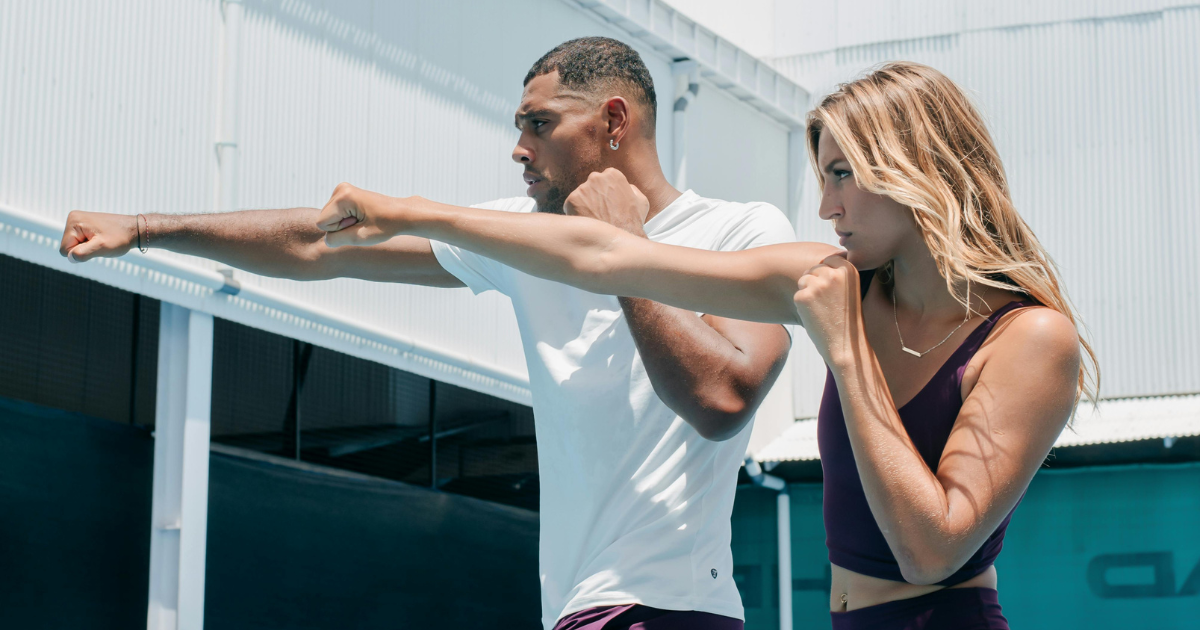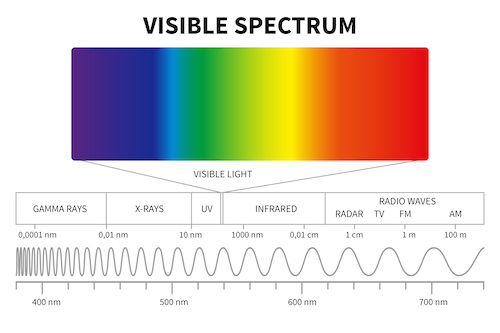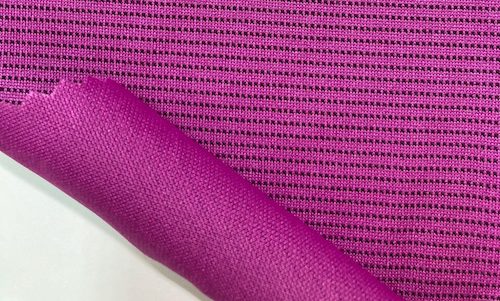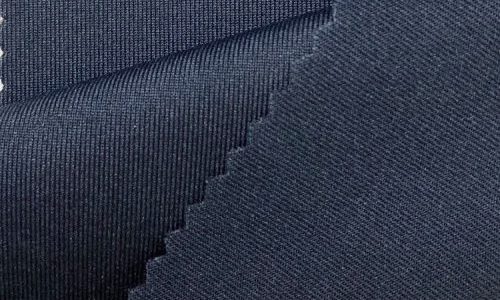Far-infrared clothing has gained popularity in both athletic and wellness industries, but what exactly makes it special? This article explores the science behind far-infrared radiation (FIR), how FIR fabrics work, and why SPORTINGTEX® is a trusted leader in manufacturing high-performance FIR textiles.
What Is Far-Infrared Radiation (FIR)?
The Science Behind FIR
Far-infrared radiation is a type of electromagnetic wave, typically ranging from 3 to 100 microns in wavelength. It is naturally emitted by the human body and the sun. Unlike UV radiation, FIR is safe and often associated with gentle, penetrating warmth.
Natural Sources vs. Engineered FIR
While FIR is present in sunlight and generated by the body, engineered FIR textiles use specific minerals or ceramics to continuously emit this beneficial radiation when stimulated by body heat.
FIR in Textile Applications
When embedded in fabrics, FIR-emitting particles can provide continuous thermal benefits without external power sources, making them ideal for everyday wear.
How Far-Infrared Clothing Works
FIR-Emitting Fabric Technology
FIR clothing is made by incorporating ceramic or mineral-based materials into yarns or coatings. These materials absorb body heat and re-emit it as far-infrared energy, which penetrates the skin and underlying tissues.
Ceramic or Mineral Infused Fibers
Common FIR materials include tourmaline, titanium, and germanium. These minerals are embedded directly into the yarn structure or applied as coatings on the fabric surface.
Heat Absorption and Re-radiation
Once the fabric is in contact with the body, it absorbs heat and radiates FIR back into the skin. This can stimulate microcirculation, ease muscle tension, and improve thermal comfort.
Benefits of Far-Infrared Clothing
Improved Blood Circulation
Scientific studies have shown that FIR can help expand capillaries, promoting better blood flow and oxygen delivery throughout the body.
Muscle Relaxation and Recovery
FIR garments are commonly used in athletic recovery, helping reduce soreness, fatigue, and swelling after intense physical activity.
Enhanced Warmth without Bulk
FIR clothing provides warmth through energy emission rather than insulation, allowing thinner garments to retain heat.
Moisture-Wicking and Skin Comfort
Many FIR fabrics are engineered with moisture management properties, keeping wearers dry and comfortable.
Reduced Fatigue and Energy Support
By improving microcirculation and oxygen flow, FIR fabrics may help reduce overall fatigue during daily activities or prolonged standing.
Skin-Friendly and Hypoallergenic
FIR fabrics are often soft, breathable, and free of harsh chemicals, making them suitable for sensitive skin or people with allergies.
Thermoregulation Across Seasons
FIR clothing not only keeps you warm in cold weather but also helps dissipate excess heat in warmer conditions, maintaining a balanced body temperature.

Common Applications of FIR Fabric
Sportswear and Recovery Wear
Athletes use FIR clothing for post-training recovery or during workouts to maintain optimal blood flow.
Thermal Underwear and Sleepwear
FIR-infused base layers and pajamas help regulate body temperature and improve sleep quality.
Medical and Wellness Clothing
Used in compression garments and pain relief wear, FIR textiles are gaining traction in medical-grade applications.
Military or Outdoor Gear
FIR technology is applied in performance gear where warmth, lightweight structure, and durability are crucial.
SPORTINGTEX®
How to Choose Quality Far-Infrared Clothing
FIR Certification or Testing Reports
Look for fabrics that provide lab-certified FIR emissivity and safety tests.
Type of FIR Material
Tourmaline, titanium, and ceramic powders differ in performance and durability.
Durability and Washing Resistance
True FIR fabrics maintain their effect even after dozens of washes, especially when minerals are embedded in yarn.
Textile Blend and Fabric Composition
FIR performance is also influenced by fabric weight, breathability, and blending ratios.
Far-Infrared Fabric Manufacturing Process by SPORTINGTEX®
Testing and Validation Procedures
Our FIR fabrics undergo rigorous lab tests to confirm emissivity, safety, durability, and wash resistance. All SPORTINGTEX® products meet international textile and safety standards.
Customization for Different End-Uses
From sportswear to medical apparel, SPORTINGTEX® provides customized FIR solutions to meet various industry needs.
Why Choose SPORTINGTEX® for Far-Infrared Fabric?
Eco-Conscious Innovation
We manufacture FIR textiles using eco-friendly processes that minimize chemical use and energy waste.
Reliable After-Wash FIR Effect
Thanks to in-yarn integration method, the far-infrared benefits remain effective after multiple laundry cycles.
FAQ: Common Questions About Far-infrared clothing
Is far-infrared clothing safe to wear daily?
Yes. FIR clothing is non-invasive and safe for regular use. It emits natural thermal energy without radiation risks.
How long does the FIR effect last after washing?
With SPORTINGTEX® fabrics, FIR effectiveness can last through 50+ washes due to the in-yarn embedding process.
Can FIR fabric be used in summer wear?
Absolutely. FIR fabrics are breathable and can help with temperature regulation even in warm climates.
Is there a difference between FIR and regular thermal wear?
Yes. Regular thermal wear traps heat, while FIR clothing actively emits thermal energy, offering deeper warmth and wellness benefits.
Conclusion
The principle behind far-infrared (FIR) clothing lies in its ability to absorb body heat and re-emit it as far-infrared energy—gently stimulating blood flow, enhancing comfort, and supporting recovery at the cellular level. What makes it remarkable is that this process happens passively, embedded within the fabric itself, without altering how the clothing feels or fits.
As more industries embrace performance-driven, wellness-enhancing textiles, understanding how FIR clothing works is key to unlocking its full potential—for sportswear, recovery garments, and even daily wear.
Ready to experience the benefits of far-infrared clothing?
Contact us or view our FIR fabric here.













